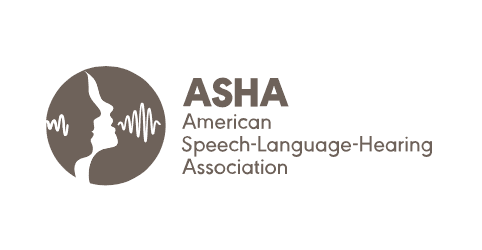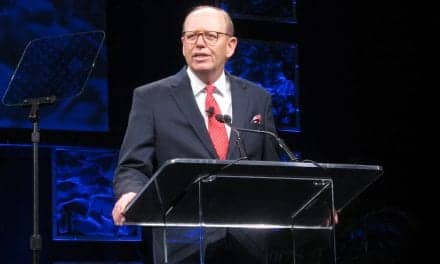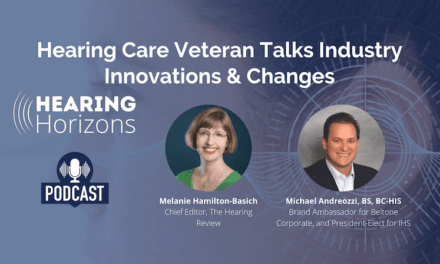With a worldwide hearing loss risk from unsafe use of personal audio devices going largely unmitigated, for the first time global recommendations exist for reducing the risk—courtesy of the World Health Organization (WHO) and the International Telecommunication Union (ITU). The American Speech-Language-Hearing Association (ASHA), the professional association that was part of a consultative group that helped develop the measures, announced the new recommendations.
Referred to collectively as the WHO-ITU H.870 Global Standard on Safe Listening Devices and Systems, the recommendations call for manufacturers to equip devices like smartphones and personal audio players with information that explains safe listening (for adults, a total of 40 hours of weekly exposure to volume levels no higher than 80 dB is recommended; for children, the level is 75 dB); usage warnings and tracking information; cues for taking safe listening actions; options for limiting volume levels; and volume limiters expressly for parents to use. The recommendations would also have safe listening information appear on external product packaging and advertising, as well as on manufacturers’ websites.
The potential harm to hearing that is involved could have wide impact. According to WHO, nearly 50% of people age 12–35 years old—or 1.1 billion young people—are at risk of hearing loss from prolonged and excessive exposure to loud sounds, including music heard through personal audio devices. Besides the toll on individual lives, WHO says unaddressed hearing loss comes with an annual global price tag of $750 billion.
Through means like ASHA’s “Listen to Your Buds” campaign and, more recently, its Healthy Communication and Popular Technology Initiative, ASHA and its members have warned about the risk to hearing from listening to music players too loudly, too often, and for too long. Their record of doing so contributed to WHO inviting ASHA to join a diverse group of outside experts who spent the past few years consulting with WHO on its “Make Listening Safe” campaign. That initiative produced the new global safe listening recommendations that were unveiled this winter.
“Our member audiologists have long been at the forefront informing and educating the public about the risk associated with unsafe use of personal audio devices and providing professional guidance to minimize it,” ASHA 2019 President Shari B. Robertson, PhD, CCC-SLP, said. “We thank WHO for giving us the opportunity to consult with them, and we also commend them for their strong commitment to hearing health.”
Robertson continued: “The good news is it’s possible to prevent hearing loss from unsafe listening. But for that to happen, informed changes in the use of personal audio devices need to take place.
“The WHO-ITU recommendations are an unprecedented and significant step in the right direction. We encourage all parties—from manufacturers, to policymakers, to the public—to strongly consider them.”
Source: ASHA, WHO





